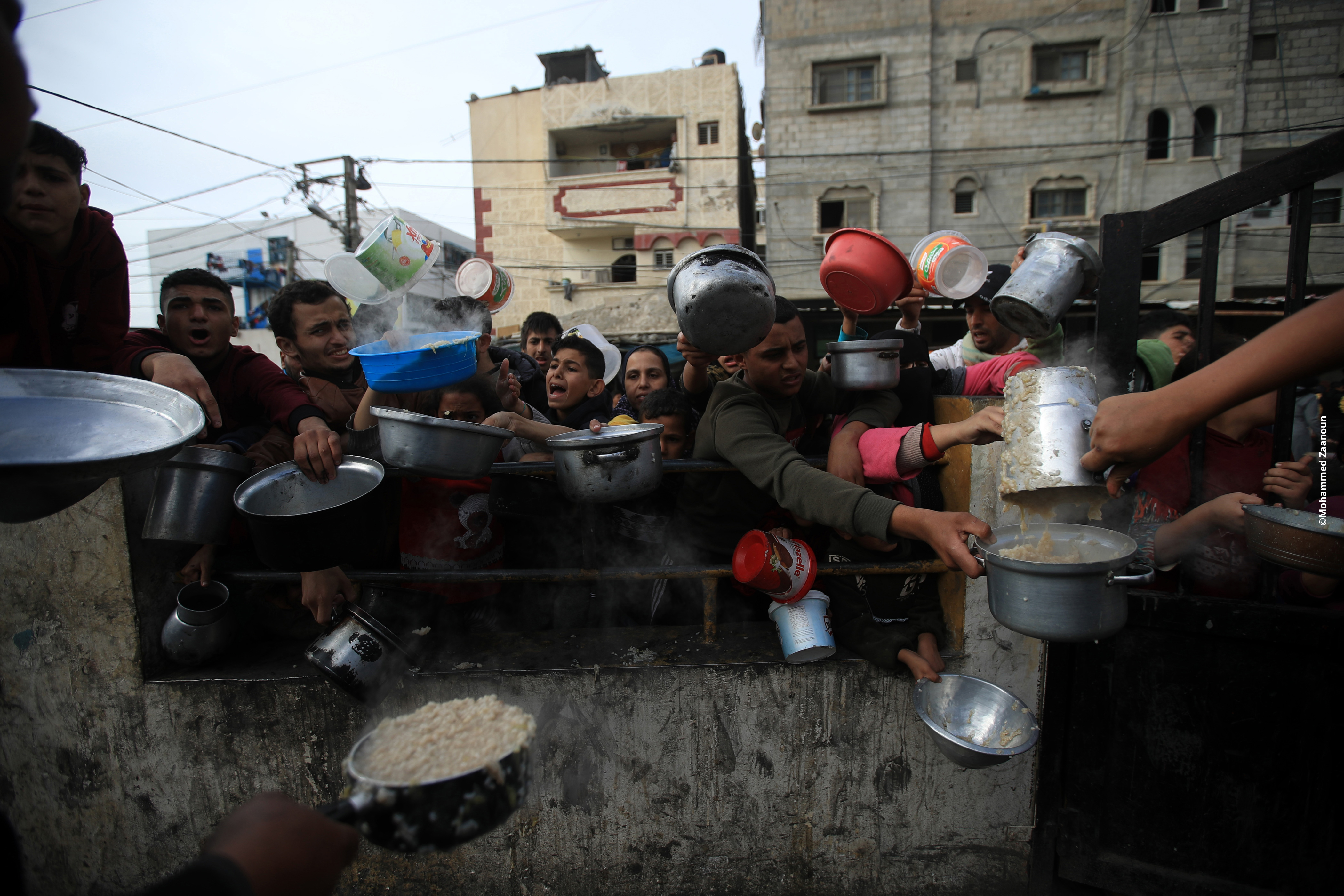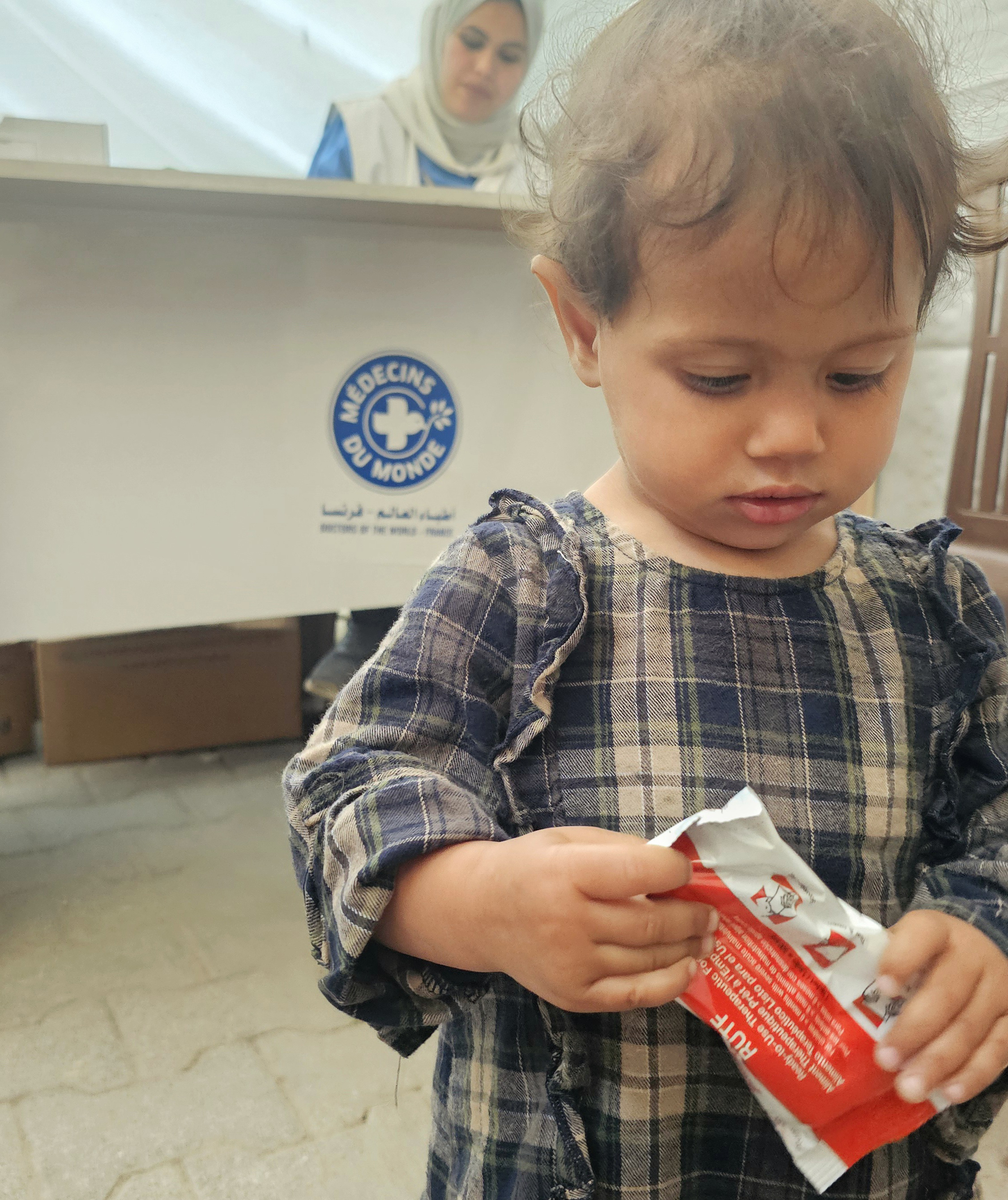An unprecedented humanitarian crisis is unfolding in the Gaza Strip, with more than two months of blockade preventing the delivery of essential supplies, including food, medicine, and fuel. Hunger and the denial of basic necessities are being used as weapons—violating the core principles of International Humanitarian Law, which is meant to protect civilians, the wounded, and prisoners.
For the more than 2 million residents of Gaza, the continued restrictions on access, along with targeted attacks on civilians and critical infrastructure, amount to a systematic policy of depriving people of the basic means for survival.
The vast majority of the population lives under constant threat from precision strikes on hospitals, schools, and shelters, while thousands have already been killed or seriously injured. Entire communities—including children, breastfeeding mothers, and pregnant women—are suffering from acute malnutrition and dire sanitary conditions, with the risk of epidemics growing by the day.
Between October 2023 and May 2025, the death toll in the Gaza Strip has reached 53,655, with another 121,950 people injured. Among them are 3,509 fatalities and 9,909 injuries resulting from the intensified attacks on March 18, 2025—amid widespread reports of entire families, including children, being killed together. Since the beginning of the war, at least 15,600 children have lost their lives.
Despite the recent, limited entry of humanitarian aid, the needs remain overwhelming and the situation critical. The number of displaced people continues to rise daily, while widespread destruction of the region’s infrastructure has made the delivery of aid and the restoration of even basic living conditions nearly impossible.
The crisis in the Gaza Strip is purely a crisis of humanity—a condition not caused by a natural disaster but by political choices that deprive millions of people of their fundamental right to life.

